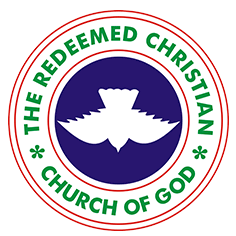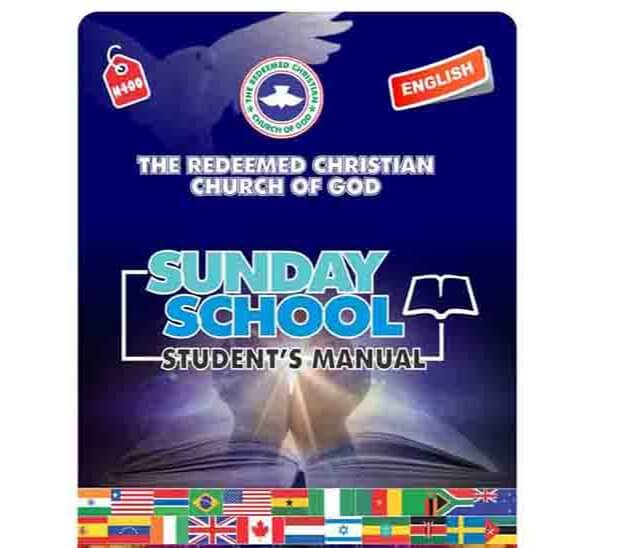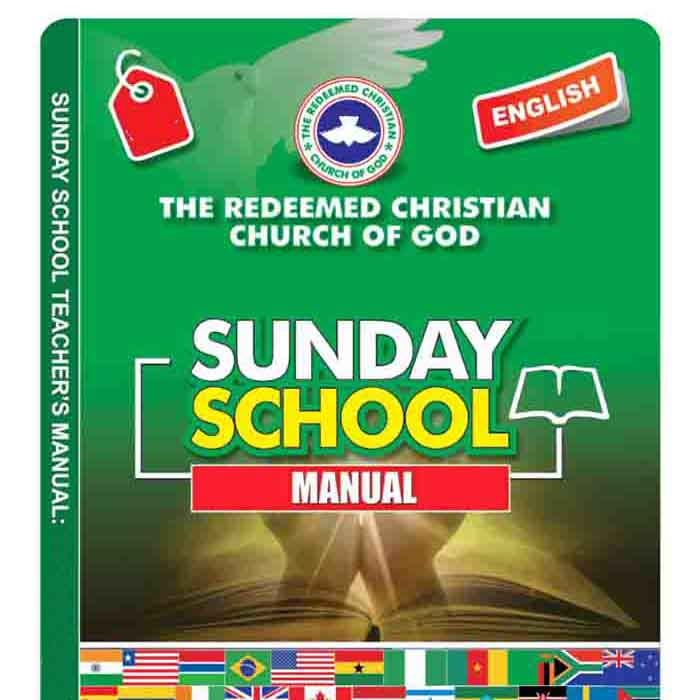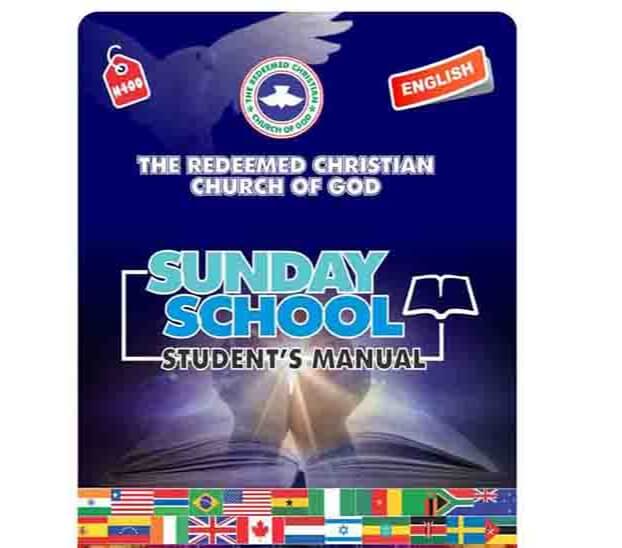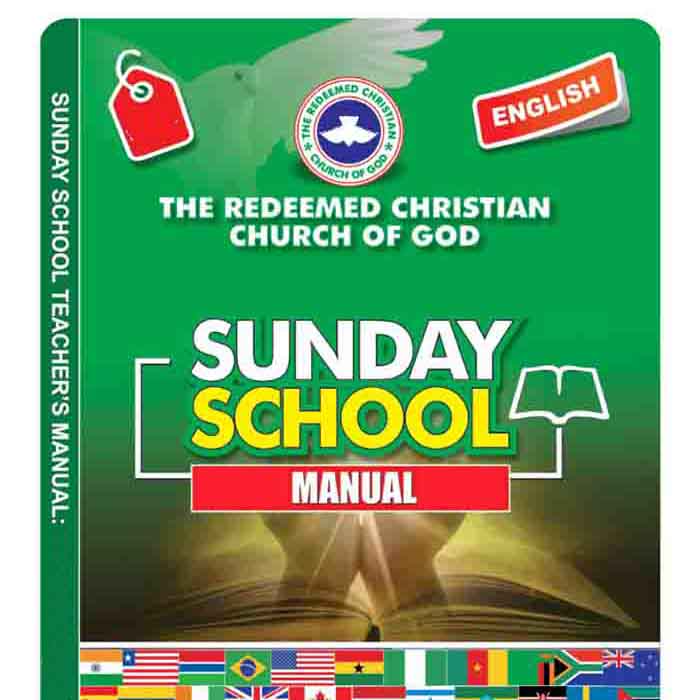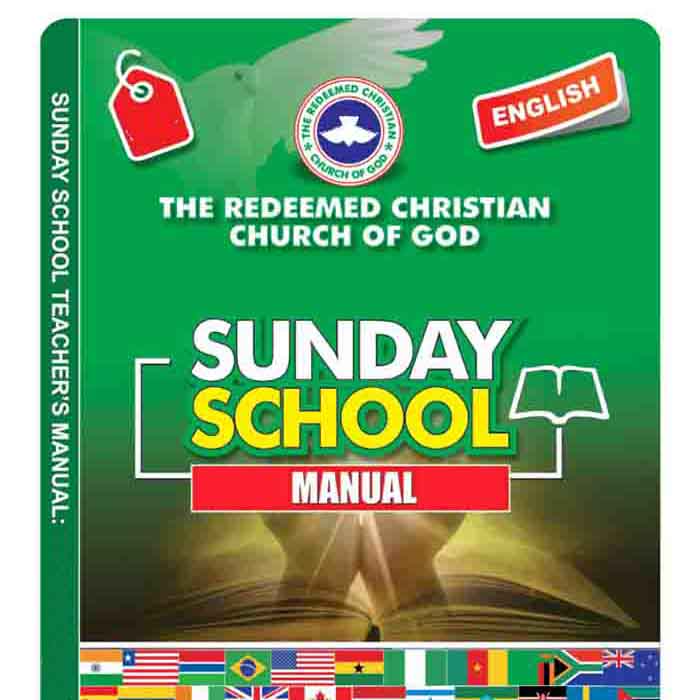RCCG Sunday School Student manual for the adult class.
Today’s Lesson 21 topic: INTEGRITY
Date: 25 January 2026
Read:
Note: Check RCCG SUNDAY SCHOOL HYMN LYRICS
RCCG SUNDAY SCHOOL STUDENT MANUAL LESSON 21 (25 JANUARY 2026)
TOPIC: INTEGRITY
BIBLE PASSAGE: Proverbs 11:1-6
1 A false balance is abomination to the Lord: but a just weight is his delight.
2 When pride cometh, then cometh shame: but with the lowly is wisdom.
3 The integrity of the upright shall guide them: but the perverseness of transgressors shall destroy them.
4 Riches profit not in the day of wrath: but righteousness delivereth from death.
5 The righteousness of the perfect shall direct his way: but the wicked shall fall by his own wickedness.
6 The righteousness of the upright shall deliver them: but transgressors shall be taken in their own naughtiness.
MEMORY VERSE:
“The integrity of the upright shall guide them: but the perverseness of transgressors shall destroy them.” Proverbs 11:3.
INTRODUCTION
Integrity comes from the Latin word “Integritas” which means wholeness or unbroken state.
It is the state of being honest, just or pure. Integrity covers the whole moral character. It is one of the dire needs of every believer and the society at large.
LESSON OUTLINE 1: THE ESSENCE
A. What integrity does
1. Integrity is a personality trait that does not make a person waiver (Isaiah 33:15).
2. It provides an avenue to demonstrate our reliability to all (1 Samuel 12:3-4).
B. Characteristics of people of integrity:
- People of integrity honour commitments and keep promises (Joshua 2:12-14; 6:22-23).
- They recognise their fallibility; take responsibility for failures and try to rectify same (Genesis 26:9-11)
- They are also naturally consistent in every area of life (Luke 16:10)-
C. The Bible has records of people who exhibited integrity. They include:
- Abimelech, the King of Gerar (Genesis 20:3-Z),
- Joseph (Genesis 47:14),
- Samuel (1 Samuel 12:3-4),
- King David (1 Kings 9:4),
- Job (Job 2:3, 9-10),
- Paul (Acts 20:33-34), and
- Our Lord Jesus Christ (John 14:30).
CLASS ACTIVITY 1:
Mention a person of integrity in your class.
LESSON OUTLINE 2: ERODING FACTORS
The following are some of the factors that can erode integrity:
1. The quick-fix mentality for worldly gains (2 Kings 5:20-23).
2. Preoccupation with gratifying desires resulting in lust (1 John 2:16-17).
3. Crave for material wealth at the expense of loyalty (Matthew 26:14-16).
4. Inability to maintain a consistent lifestyle (Galatians 2:11-14).
5. Misappropriation of God’s mercy and grace as an excuse for careless living and moral laxity (Romans 6:1-2)
CLASS ACTIVITY 2:
How are you trying to keep your integrity?
CONCLUSION: RCCG Sunday School Students Manual 25 January 2026
Integrity helps us to be upright.
ASSIGNMENT: RCCG Sunday School Students Manual Lesson 21
Give five (5) points to distinguish between an upright (righteous) and a corrupt person (1×10=10 Marks).
Follow RCCG Live on:
